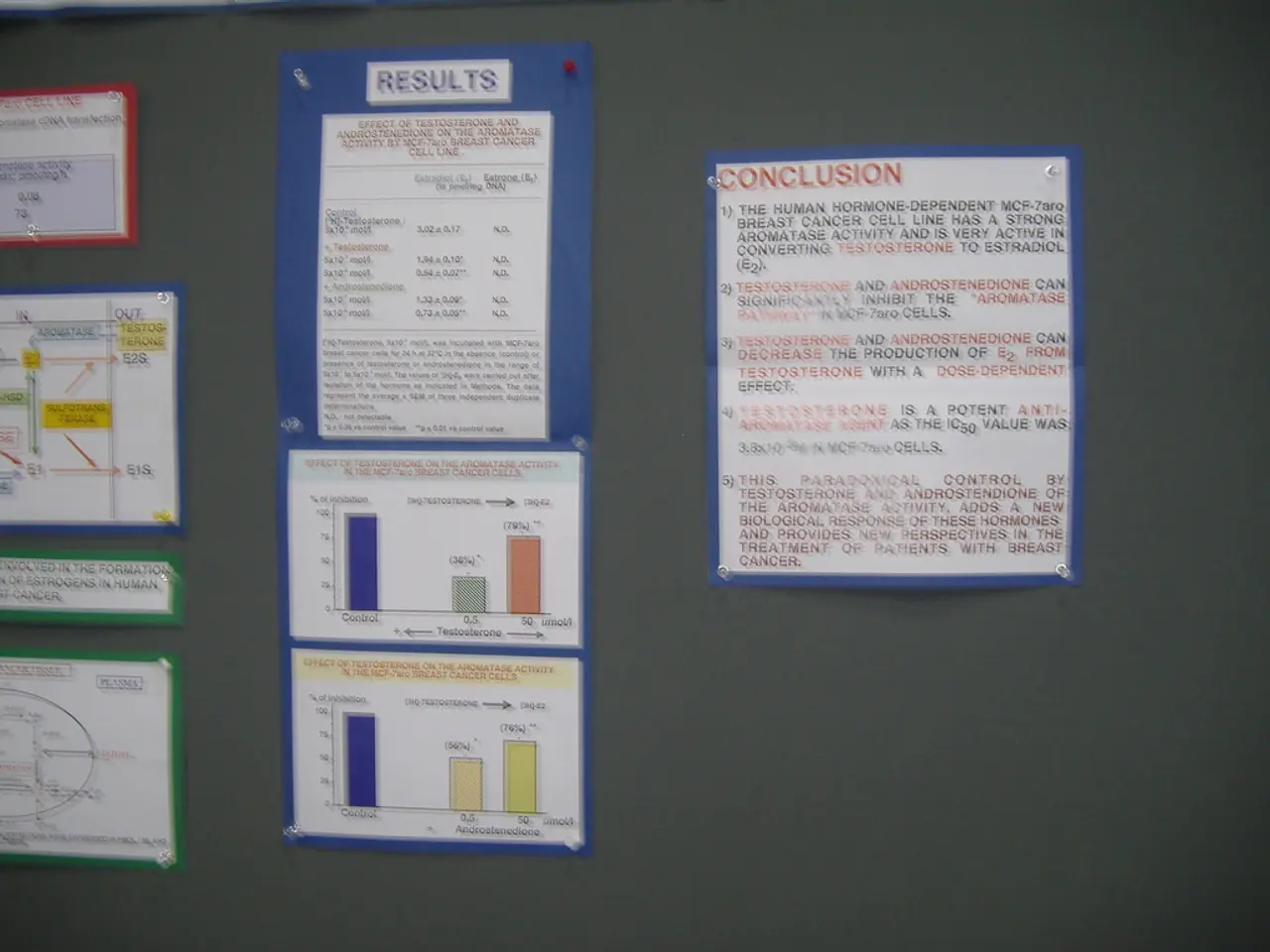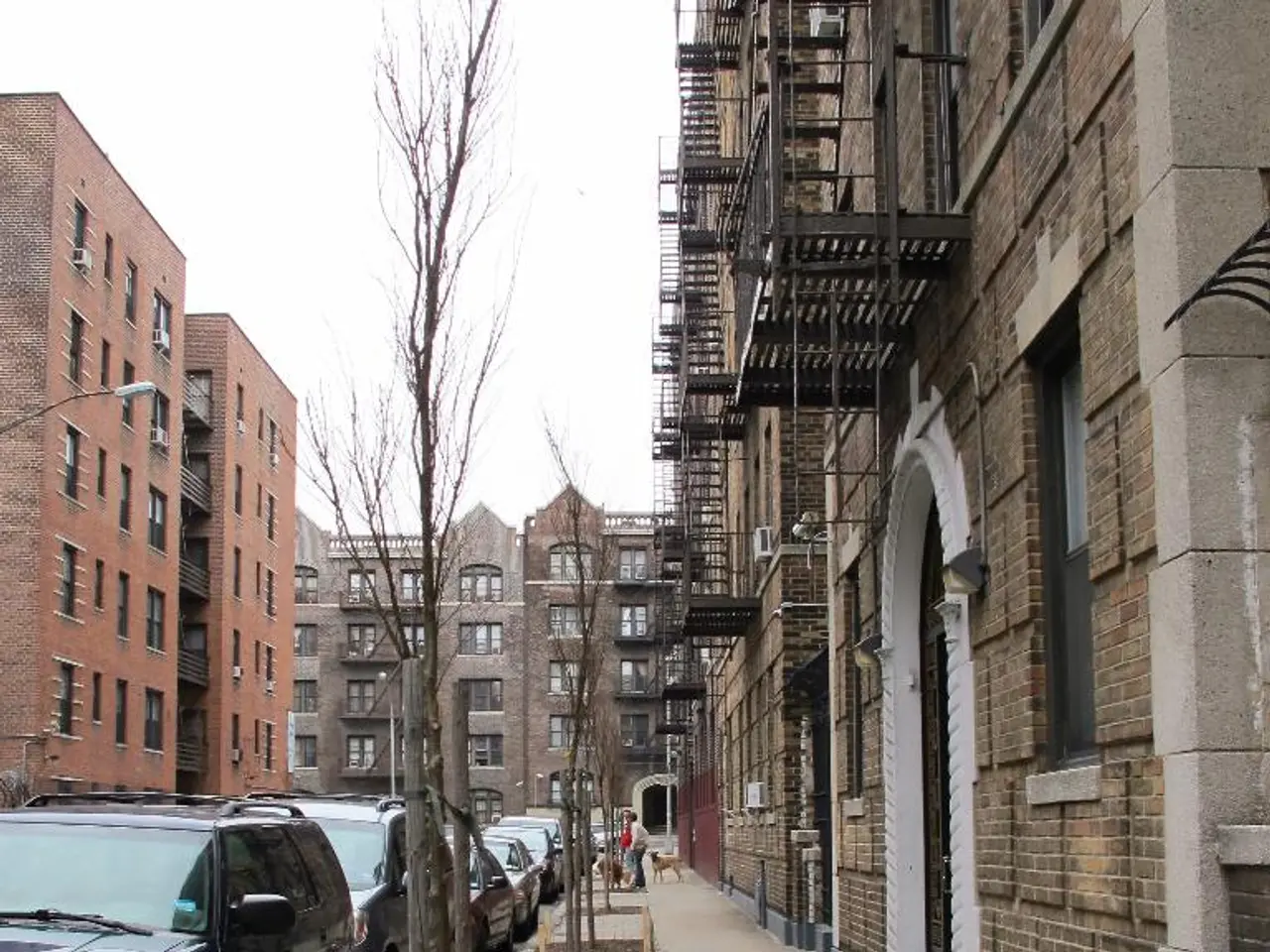Prices for Chinese consumers remained stagnant in July, as producer prices continued to fall.
China Faces Ongoing Deflationary Pressures Amid Trade Turbulence
China's economy is currently grappling with deflationary pressures, as indicated by the 0.5% year-on-year increase in service prices in July, while consumer prices remained unchanged [1]. Dong Lijuan, a senior statistician at the bureau, attributes this to policies aimed at expanding domestic demand, which showed results in July [2].
The deflationary pressures are primarily driven by several factors. The intense competition among companies, especially in sectors promoted under Beijing’s industrial policies such as electric vehicles, lithium batteries, and e-commerce, has led to cut-throat price wars, eroded pricing power, and prolonged deflation [2]. This environment marks the longest deflation period since the 1990s.
Trade turbulence due to high tariffs and sectoral restrictions imposed by the US on Chinese exports has further limited external demand and exacerbated economic uncertainty. Most Chinese goods exported to the US now face duties around 55%, constraining export growth and dampening aggregate demand domestically [3].
Moreover, the Chinese government’s efforts to stabilize the currency have led to a massively undervalued renminbi, boosting export competitiveness but unable to fully offset weak demand influences in the domestic economy [1].
Structural challenges like excessive savings and overinvestment persist, which reduce effective consumption and demand, contributing further to deflationary trends [3]. Despite a modestly improved GDP growth forecast for 2025 (IMF upgraded from 4.0% to 4.8%) [4], deflation remains entrenched, with producer prices falling year-on-year and consumer price inflation broadly flat, indicating core price pressures remain weak [5].
In July, consumer goods prices declined by 0.4% year-on-year, while food prices fell by 1.6%. The decline in consumer goods prices occurred despite an increase in service prices. The decline in consumer goods prices was more pronounced than the increase in housing prices, which rose by 0.1% year-on-year [1].
The CPI saw four straight months of decline before the 0.1% increase in June. The increase in consumer prices from June to July was 0.4%, beating market expectations, which had forecast a 0.12% decline [1]. Prices for other goods increased by 8% year-on-year in July, and clothing prices increased by 1.7% [1].
The forecast for inflation decline in July was made by a financial provider named Wind. The increase in consumer prices amid trade turbulence suggests that demand remains weak in China's economy. The ongoing deflationary pressures highlight the challenges faced by the Chinese government in managing economic stability.
References:
[1] China's CPI remains unchanged year-on-year in July. (2021). Retrieved from https://www.reuters.com/business/chinas-cpi-remains-unchanged-year-year-july-2021-08-10/
[2] China's deflationary pressures amid trade turbulence. (2021). Retrieved from https://www.reuters.com/business/chinas-deflationary-pressures-amid-trade-turbulence-2021-08-10/
[3] China's trade war with the US. (2021). Retrieved from https://www.bbc.com/news/business-48435762
[4] IMF upgrades China's 2025 GDP growth forecast. (2021). Retrieved from https://www.reuters.com/business/imf-upgrades-chinas-2025-gdp-growth-forecast-2021-08-10/
[5] China's deflation remains entrenched despite improved growth forecast. (2021). Retrieved from https://www.reuters.com/business/chinas-deflation-remains-entrenched-despite-improved-growth-forecast-2021-08-10/
- Due to the prolonged deflationary pressures, the Chinese government is actively seeking ways to strengthen business and finance sectors, aiming to increase domestic demand and counterbalance the impact of trade turbulence.
- The ongoing deflationary period is affecting various aspects of China's trade and economy, including finance, businesses, and services, as evidenced by the stagnant consumer prices and declines in other goods and sectors.




